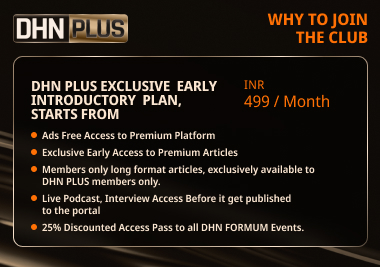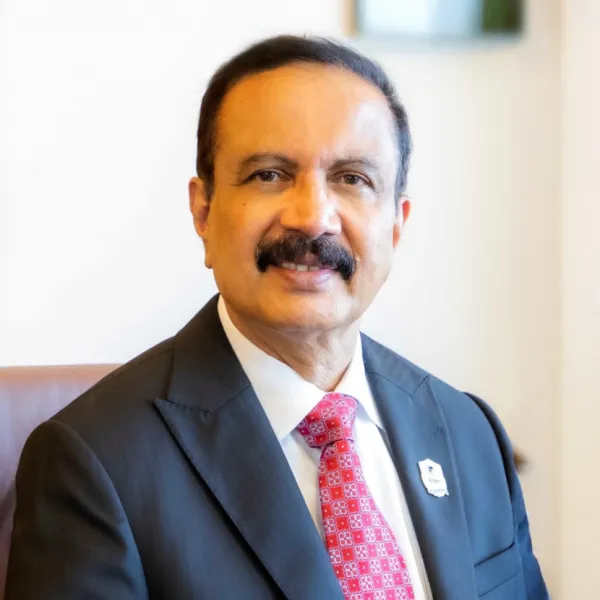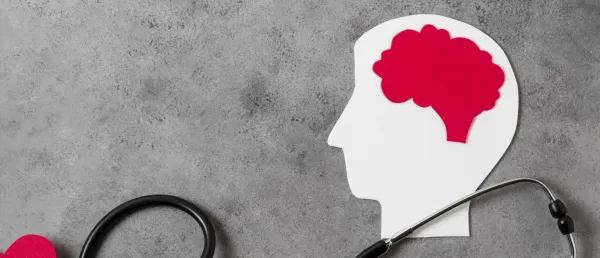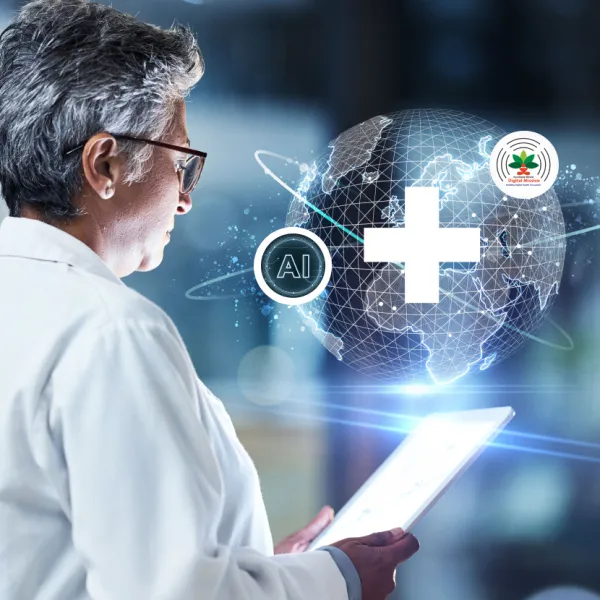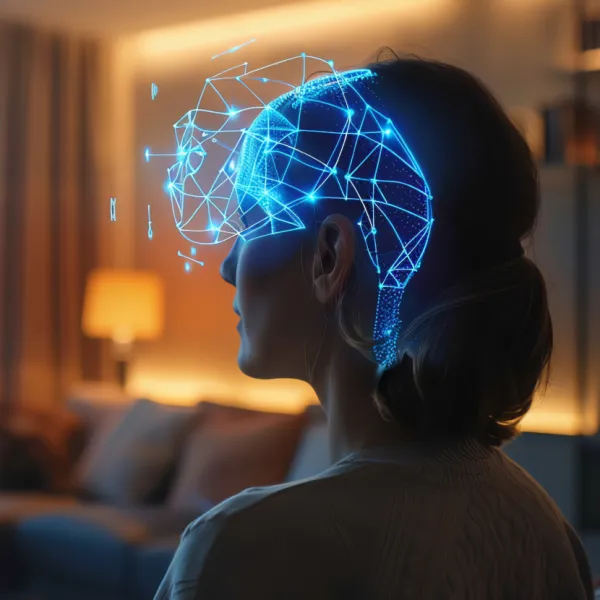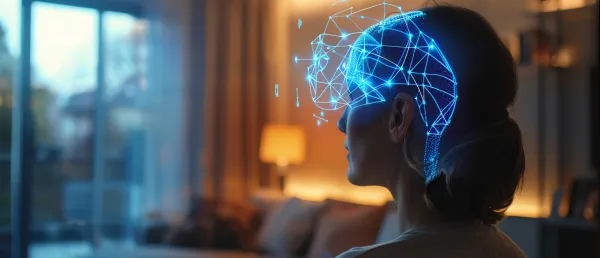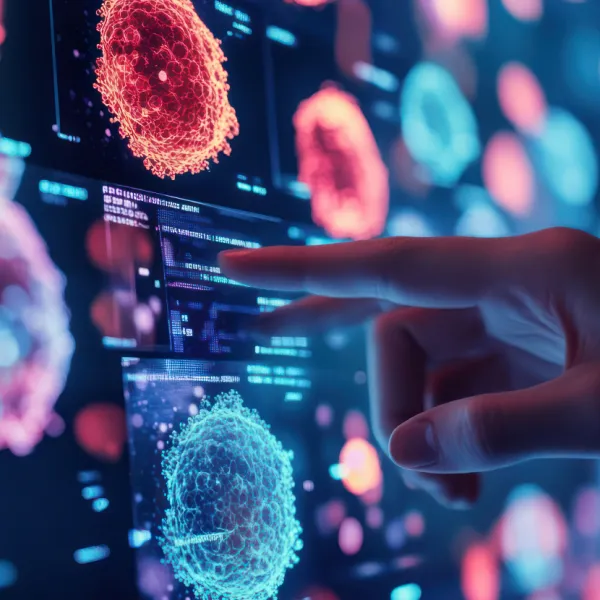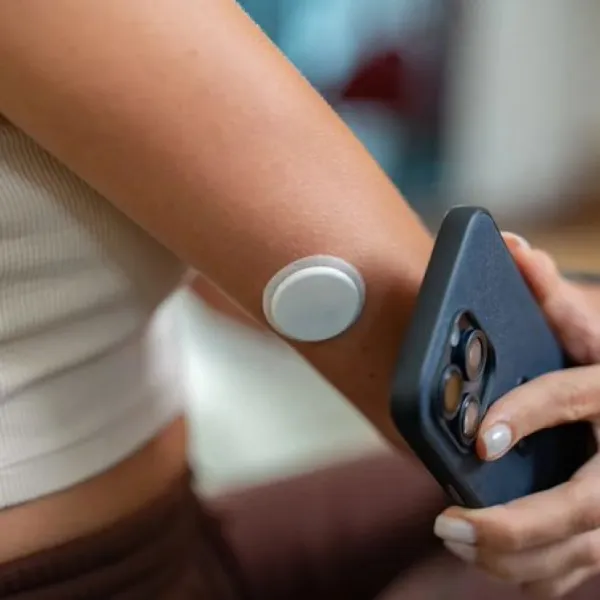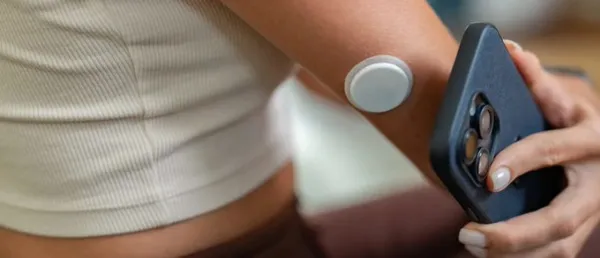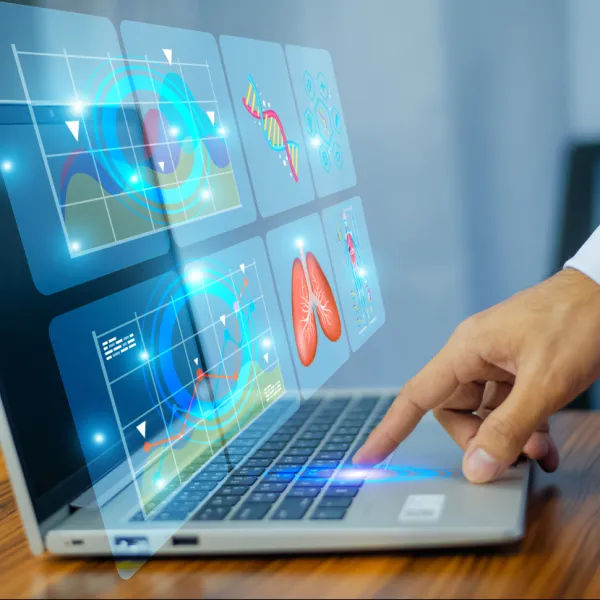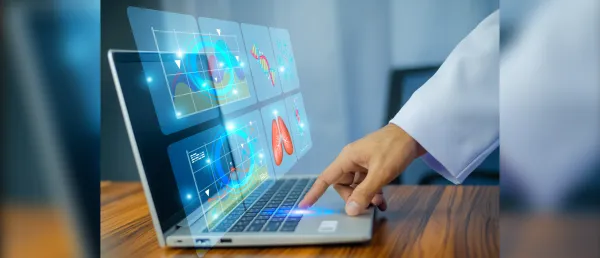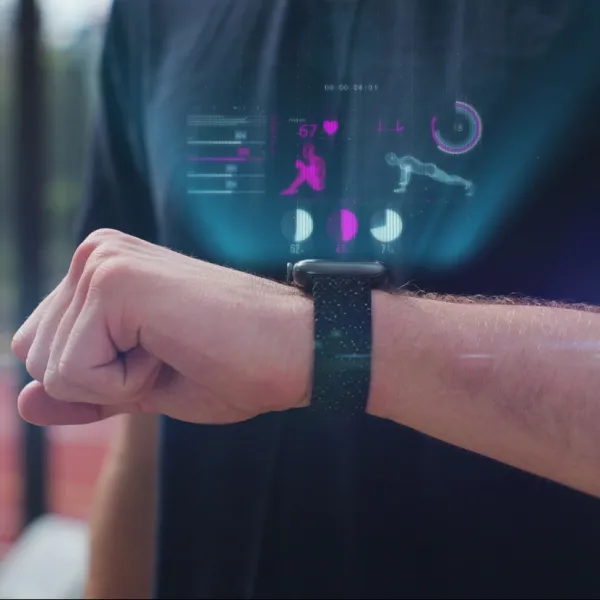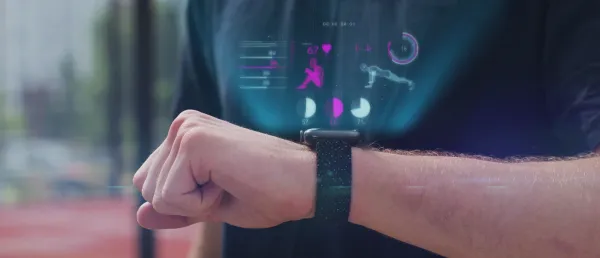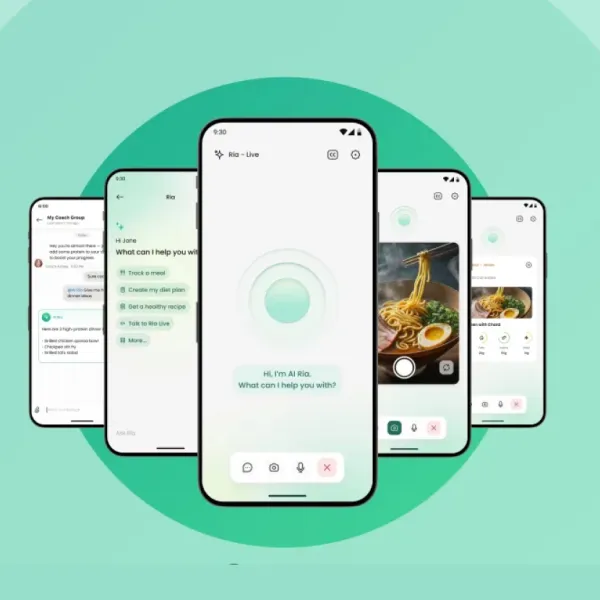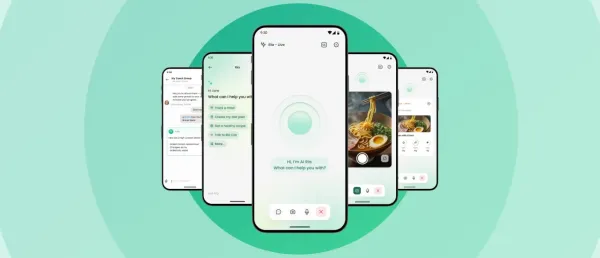Smartphones as Medical Devices: Capabilities, Clinical Gaps, and the Path to Validation

The transformation of the smartphone from a communication device to a potential diagnostic instrument marks a paradigm shift in modern healthcare. In an era where accessibility, affordability, and personalization drive medical innovation, the idea that smartphones can support clinical-grade monitoring is no longer speculative—it is unfolding in real time.
Smartphones today offer far more than step counts and reminders. They are armed with high-resolution sensors, connectivity, and increasing interoperability with wearables. They capture physiological signals, track sleep, analyze heart rhythms, and even estimate oxygen levels.
Unlock the Future of Digital Health — Free for 60 Days!
Join DHN Plus and access exclusive news, intelligence reports, and deep-dive research trusted by healthtech leaders.
Already a subscriber? Log in
Subscribe Now @ ₹499.00Stay tuned for more such updates on Digital Health News




